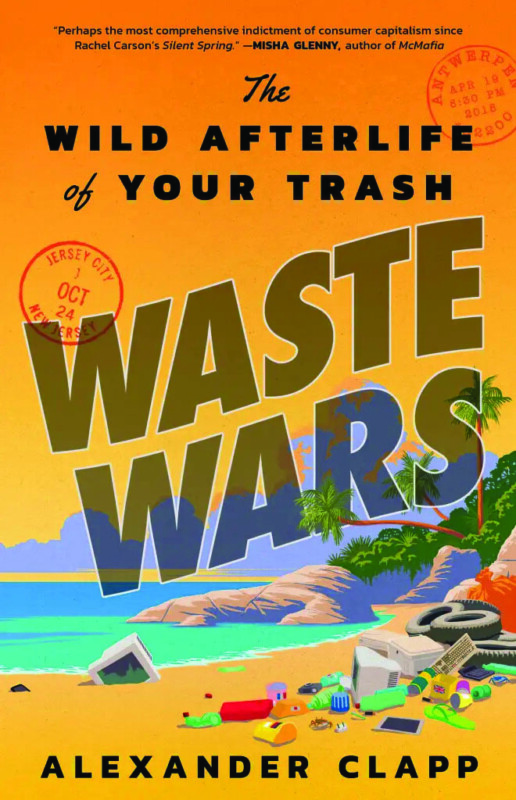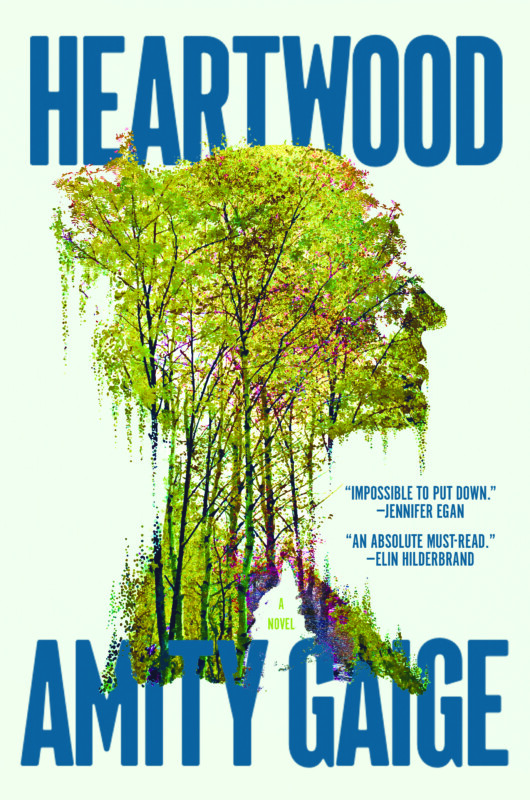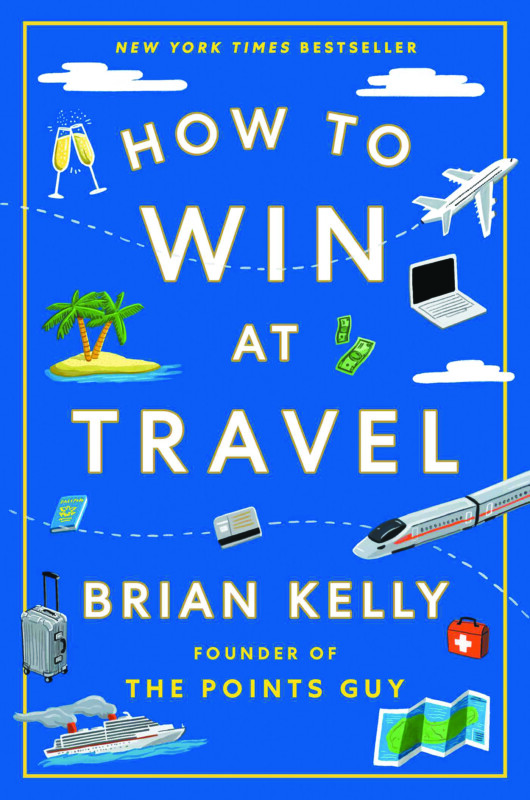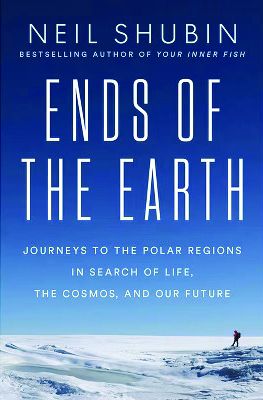Source Code, by Bill Gates (Knopf, 315 pages)
Of all the Big Tech moguls, Bill Gates is the one getting the least attention these days. Since his split with his wife of 27 years, Melinda French Gates, announced in 2021, he seems to have struggled to find public favor amid reports of infidelity and meetings with Jeffrey Epstein. He’s not disappeared from the spotlight altogether — he still contributes at Microsoft and heads the foundation that he and his former wife founded, and he still makes book recommendations on his personal website, GatesNotes.com. On the cusp of 70, he’s not making headlines like he once did, although maybe that’s a good thing.
But he’s back in the spotlight on the occasion of Microsoft’s 50th anniversary, coupled with the release of a memoir, Source Code, that is being billed as an origin story for Gates. The book covers only a portion of his life — childhood through the early days of Microsoft. That timeline delivers Gates from the minefield of writing about his marriage and divorce, although that may be yet to come; reportedly, this is the first of three volumes.
Does the world want to read three books about Bill Gates? Does it even want to read one? That’s yet unclear, but Source Code is surprisingly engaging, both as an autobiography and as a period piece — the period being the 1960s and 1970s when Gates was coming of age. It was a different time, to be sure.
Gates begins with a story about a treacherous hike he undertook with friends as a sophomore in high school. It was to take more than a week and cover 50 miles in the Olympic mountains. With no adult supervision. Again, it was 1971 — a different time. Today, child protective services might pluck the boys off a mountain mid-hike, especially under the conditions they were hiking in.
At one point the trip got quite difficult, and Gates explains how he coped, by going deep in his own mind and thinking about computer code. But the fact that he spent a day or so marching silently through the woods, while accompanied by friends, thinking about coding isn’t the most amazing part of the story. That would be the fact that he still remembered the code he had written in his head three and a half years later when he had need of it for a project that would lead to Microsoft. “I have always been able to hyperfocus,” he later writes, and that seems an understatement that explains a lot.
Gates’ brain has already been the subject of a Netflix documentary (2019’s Inside Bill’s Brain: Decoding Bill Gates), so it’s no surprise when he writes “my parents knew that the rhythm of my mind was different from that of other kids.” He read early and often — by age 9, he had read every volume of the 1962 World Book Encyclopedia. He had a compulsion to rock, at first on a rocking horse on which he would sit for hours, but later, even in adulthood, swaying back and forth when he was thinking. He thought of things that interested him, or that had some sort of tangible reward. (He memorized Jesus’s Sermon on the Mount, but only because a Sunday School teacher offered to buy dinner on the top of Seattle’s Space Needle for anyone who did so.)
He shares a note his mother saved from the director of his preschool who said “he seemed determined to impress us with his complete lack of concern for any phase of school life. He did not know or care to know how to cut, put on his own coat, and was completely happy thus.”
Gates rummages through childhood memories like a grandfather with no plans for the weekend and an audience at the ready — we learn about his father’s first car, a tornado that touched down in the family’s backyard, what he ate at the World’s Fair (Belgian waffles, their debut in the U.S.). It was a privileged and well-ordered life, almost Cleaver-esque. “We lived by the structure of routines, traditions, and rules my mother established. … You did not leave the house with an unmade bed, uncombed hair, or a wrinkled shirt.”
When his mom was off volunteering with the Junior League, her mother would fill in, always with “a string of pearls and perfectly coiffed hair.” Every summer, the family would spend two weeks on vacation near a waterfront with nine other families. Gates’ parents threw a roller-skating party for all their friends every Christmas. Norman Rockwell would have had a field day with many of these stories, wholesome as they are. And they are the best part of this memoir, told with the affection of age, simply because they are part of the Gates story that we don’t know. (Which is a good thing, since this is also the bulk of it — he’s not even out of high school 160 pages in.)
The scaffolding of his career is already well-known to anyone paying attention: how he became obsessed with nascent computer technology in high school and formed deep friendships with similarly inclined, nerdy friends; the ups and downs of his friendship with the late Paul Allen, with whom he co-founded the world’s largest software company. Source Code gives us engaging and often funny anecdotes along the way to their success, as well as the pain. He writes movingly of the accidental death of one of their closest friends, and of seeing his friend’s mother, after the memorial service, “curled up on the sofa, sobbing.”
Gates, of course, threw himself even more deeply into coding as he processed his own grief, and he grew closer to Allen in the subsequent years, leading up to the pivotal day when they saw the January 1975 issue of Popular Electronics, with its breathless article about “the world’s first minicomputer kit” which could be had for about the price of a color television.
Gates had filled out his application for Harvard on a typewriter — that’s how different his world was then from ours today. It’s easy to forget how radically the world has changed in the past half-century, but Source Code reminds us, page after page. I’m still not convinced that the world needs three books about the life of Bill Gates, but I’m at least open to the possibility after finishing the first. B+ —Jennifer Graham
Featured Image: Source Code, by Bill Gates






